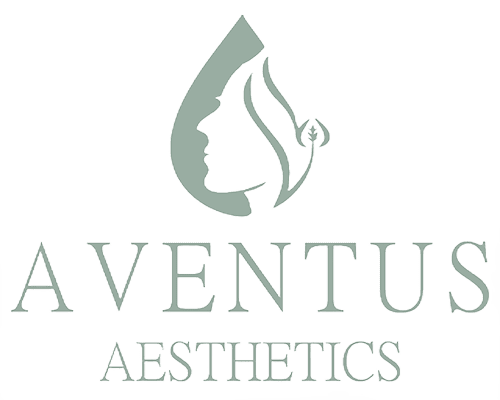This blog post will discuss when patients can safely start exercising after rhinoplasty and how to do it safely. Rhinoplasty is a cosmetic surgical procedure that reshapes the nose for aesthetic or functional purposes. Recovery from rhinoplasty can be a challenging process for patients.
Process of Rhinoplasty
In the initial consultation, the surgeon discusses the patient’s goals and concerns and conducts a physical exam to assess the nose’s structure and function. The surgeon explains the surgical options and recommends the best approach for the patient.
Once the patient has decided to proceed with the surgery, anesthesia is administered to ensure comfort. The type of anesthesia used depends on the patient’s preferences and the surgeon’s recommendations. The surgeon monitors the patient’s vital signs throughout the procedure to ensure safety.
Recovery from rhinoplasty can be lengthy, requiring careful monitoring by the surgeon. Pain medications and antibiotics may be prescribed to manage discomfort and prevent infection. The patient is advised to rest and avoid strenuous activities for several weeks, allowing the nose to heal and swelling to subside. Although recovery can be challenging, many patients find the rhinoplasty results worthwhile.
How to Exercise Safely After Rhinoplasty?
After undergoing rhinoplasty, following your surgeon’s instructions carefully is important to ensure a smooth recovery. Once you’re ready to resume exercise, here are some tips for exercising safely after rhinoplasty:
Begin Slowly
- Start with low-impact exercises like walking or gentle yoga.
- Gradually increase the intensity and duration of your workouts over time.
- Avoid exercises that cause pain, discomfort, or pressure on the nose.
Be Mindful of Breathing
- Breathe through your nose whenever possible to prevent dryness and irritation.
- Use a humidifier or saline nasal spray to keep your nasal passages moist.
- Avoid strenuous exercises that require heavy breathing, such as high-intensity interval training (HIIT).
Protect Your Nose
- Wear protective gear, such as a helmet or face shield, during contact sports or activities that could cause facial trauma.
- Avoid activities that increase your risk of falling, such as skiing or snowboarding, until your surgeon gives you the green light.
Listen to Your Body
- Stop exercising immediately if you experience any discomfort or difficulty breathing.
- Consult your surgeon if you have concerns or questions about exercising after rhinoplasty.
By taking these precautions and being mindful of your body’s needs, you can safely resume exercise after rhinoplasty and maintain a healthy lifestyle. Remember to carefully follow your surgeon’s instructions and be patient with your recovery process. With time and care, you can achieve the best possible results from your rhinoplasty procedure.
Conclusion
In conclusion, it’s crucial to be cautious and take the necessary steps to ensure a safe recovery after rhinoplasty. While it may take time to resume normal exercise routines, patience and careful attention to your body’s signals can help you get there. Following your surgeon’s guidelines, avoid strenuous activities that may compromise your healing process.
It’s important to remember that each patient’s recovery process is unique and may require different levels of care and attention. By working closely with your surgeon and being proactive about your recovery, you can achieve the best possible results and enjoy the benefits of your rhinoplasty for years to come.


